
Faculty set Rice record with eight CAREER Awards
Rice faculty set a record, winning eight NSF CAREER Awards in 2002

Faculty set Rice record with eight CAREER Awards
Rice faculty set a record, winning eight NSF CAREER Awards in 2002

Xue Sherry Gao wins CAREER Award
Rice engineer Xue Sherry Gao has won a prestigious NSF CAREER Award to create versatile new toolkits for controlling gene expression.

Inaugural class of Rice Innovation Fellows announced
The Provost’s Office and the Liu Idea Lab for Innovation & Entrepreneurship (Lilie) have announced the inaugural class of Rice Innovation Fellows, a program that will provide educational and financial support to the next generation of scientist- and engineer-led spinout ventures.
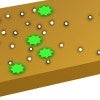
Migrating holes help catalysts be productive
A theoretical model suggests electron holes that propagate at active sites on a catalyst migrate, triggering other sites that continue the process.
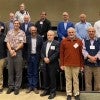
Peter Rossky was honored with a symposium Dec. 6-7 at Rice's BioScience Research Collaborative.

Rice’s Technology Development Fund backs faculty projects
Nine projects proposed by Rice researchers have been granted seed funding by Creative Ventures' Technology Development Fund.
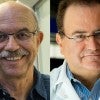
Rice profs among historic Greek heroes
Two Rice professors are among physicians and biomedical researchers honored on the Greece bicentennial.

Ultrathin solar cells get a boost
Rice University engineers boost the efficiency while retaining the toughness of solar cells made of two-dimensional perovskites.

Alvarez, Mikos elected to Chinese Academy of Engineering
Pedro Alvarez and Antonios Mikos have been elected to the Chinese Academy of Engineering.
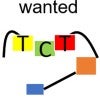
Rice strategy refines genetic base editors
A new strategy by Rice University scientists seeks to avoid gene-editing errors by fine-tuning specific CRISPR-base editing parameters in advance.

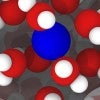
Modern simulations could improve MRIs
Rice University engineers improve simulations that analyze gadolinium-based contrast agents used in clinical magnetic resonance imaging. More efficient simulations could help make better compounds for imaging technologies.
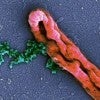
For some peptides, killing bacteria an inside job
Rice scientists study the dynamics of the immune system’s antimicrobial peptides, which attack and eliminate harmful bacteria. They find peptides that invade bacteria and do their damage from the inside are underrated.

Rice cuts ribbon on Maxfield Hall
Renovation of the historic Mechanical Engineering building, now called Maxfield Hall is complete.
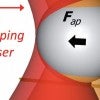
Tweezer grant pleases Rice researchers
Rice researchers have won an NSF grant to acquire a sophisticated optical tweezer microscope to manipulate, measure and monitor micron-scale particles.